Energy is a key factor in combating climate change, one of the biggest challenges the world is facing today. India has committed to cutting emissions to net zero by 2070 and set ambitious targets for adopting renewable energy. Achieving these targets requires careful planning and an overhaul of our current energy system.
Our work aims at enabling policies that encourage the adoption of rooftop solar, facilitate the development of technology for energy storage, strengthen the grid and transmission infrastructure, advance hydrogen technologies, and promote green mobility. CSTEP's research looks at the various aspects of mainstreaming renewable energy for a cleaner, greener energy sector.
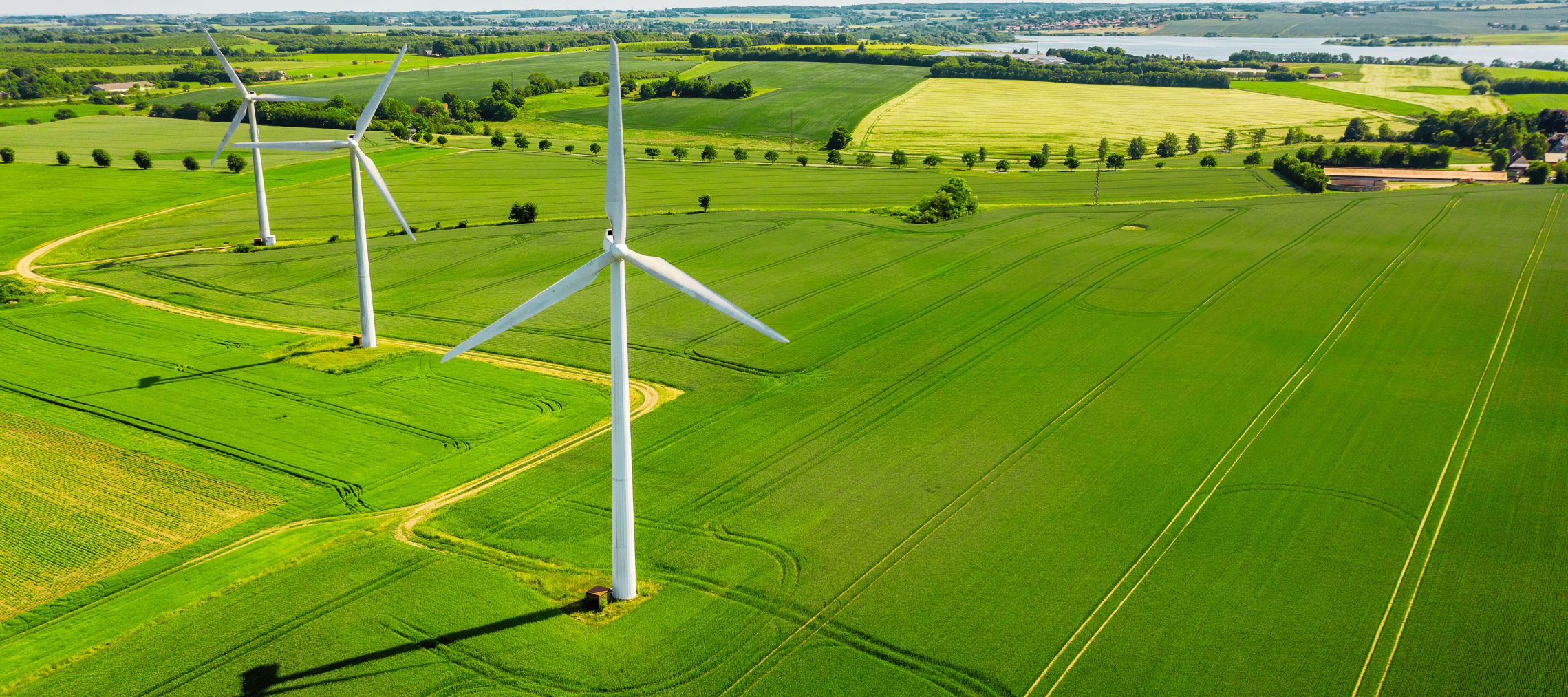
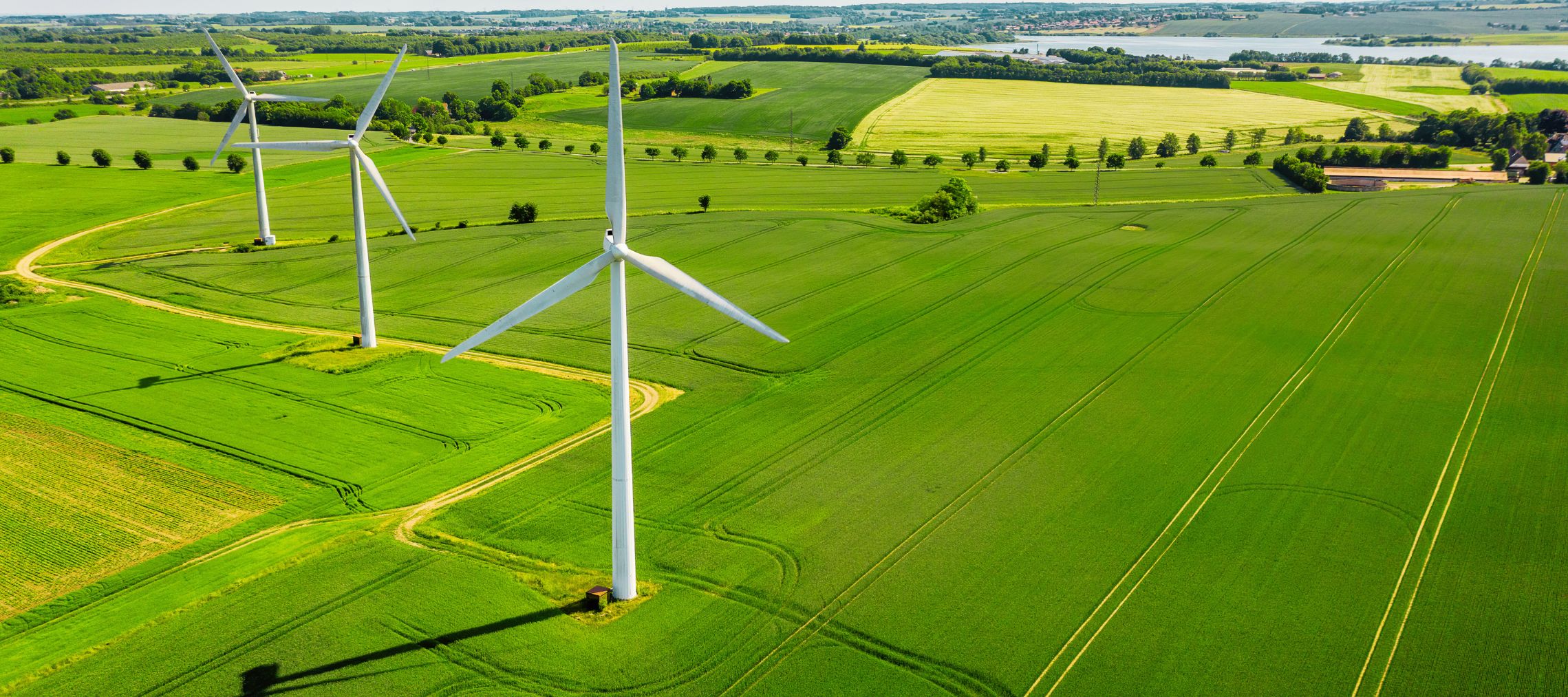

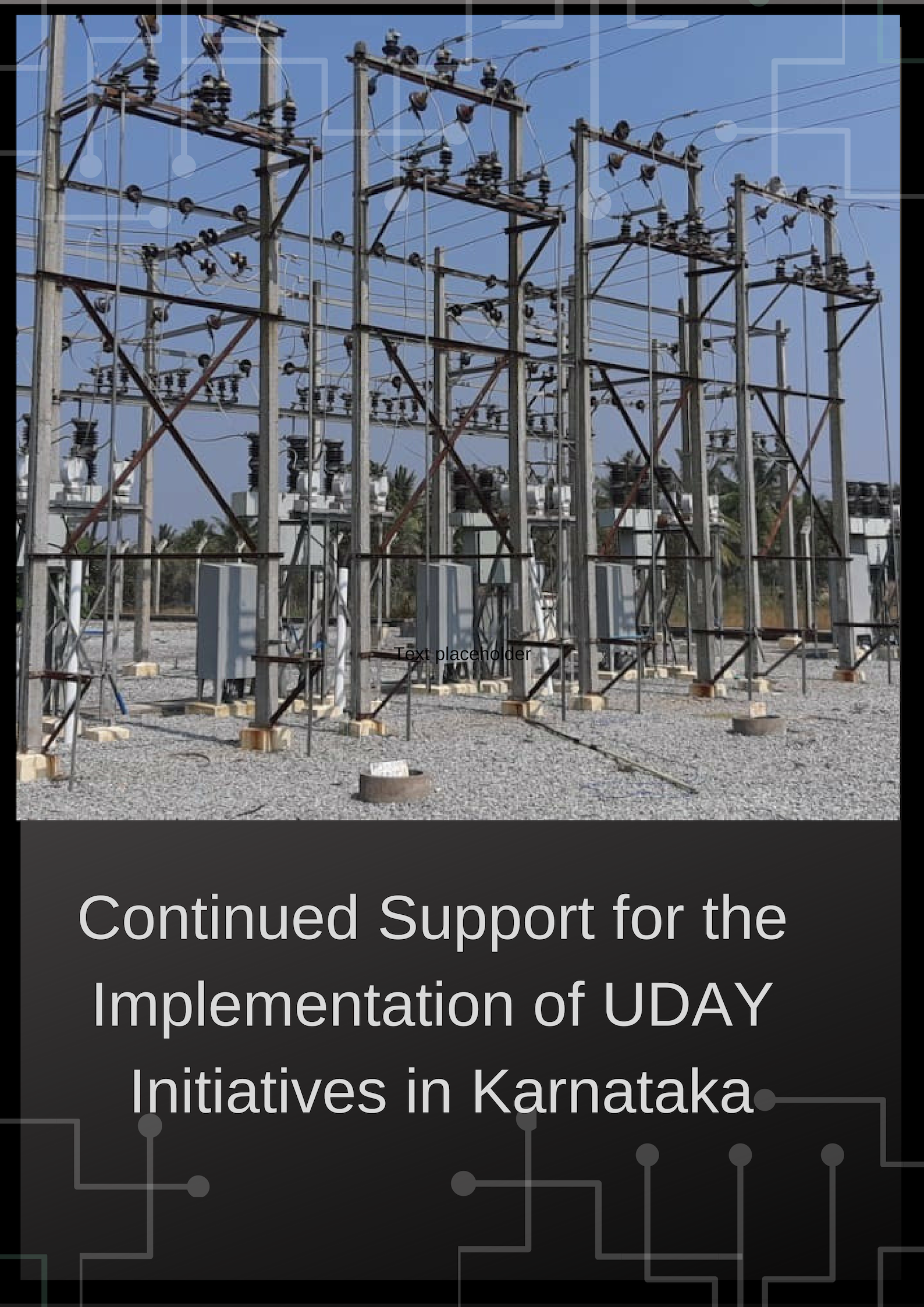
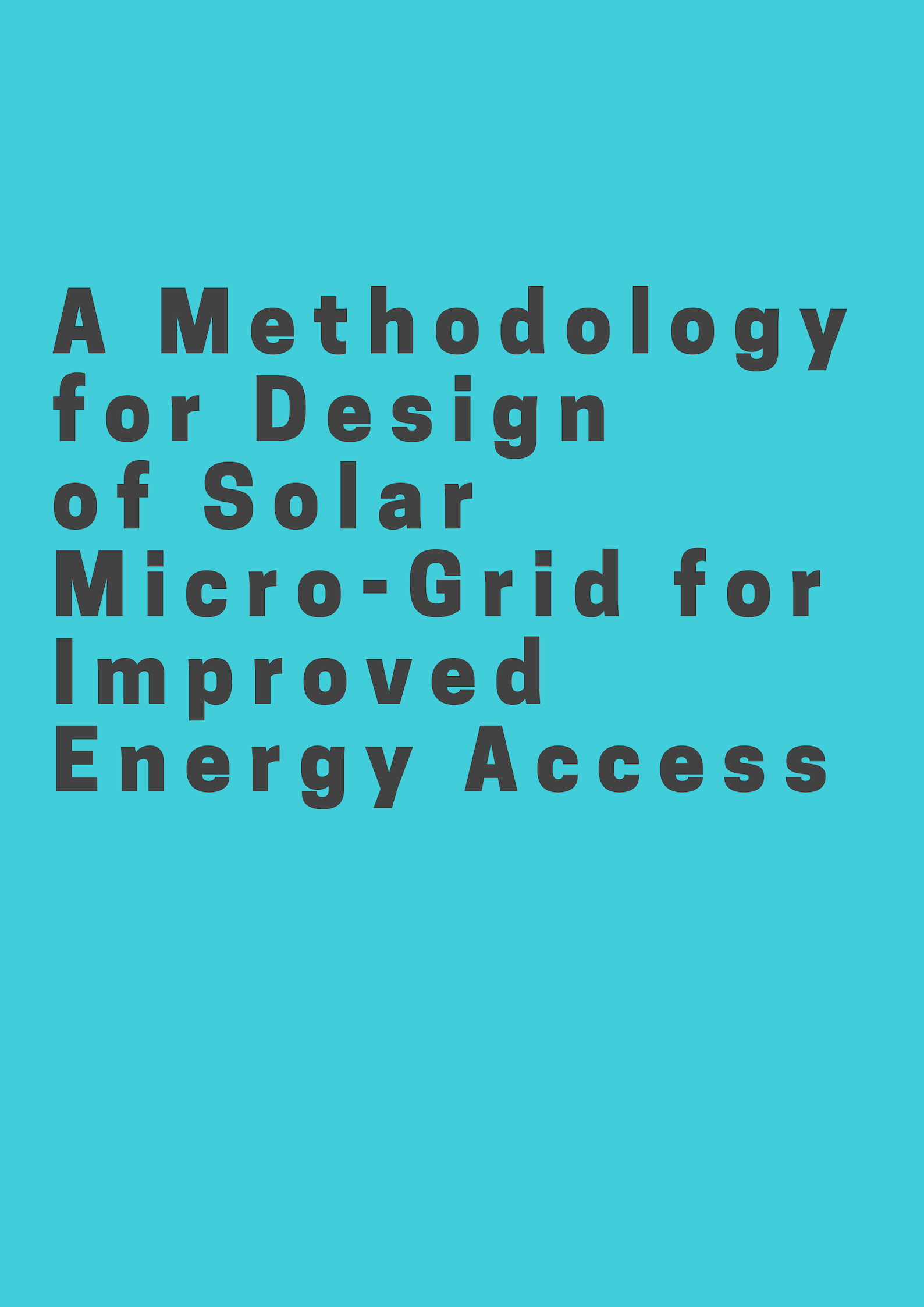
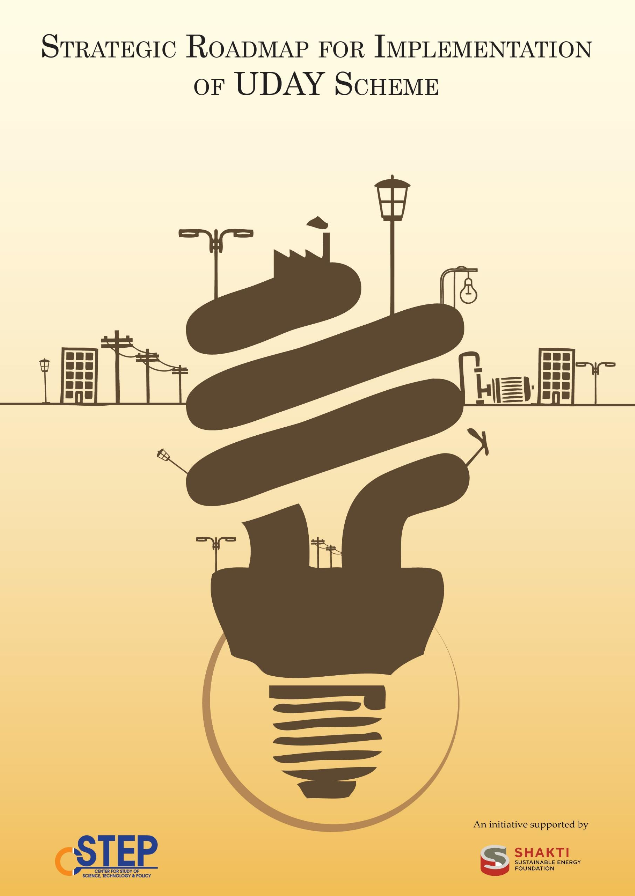
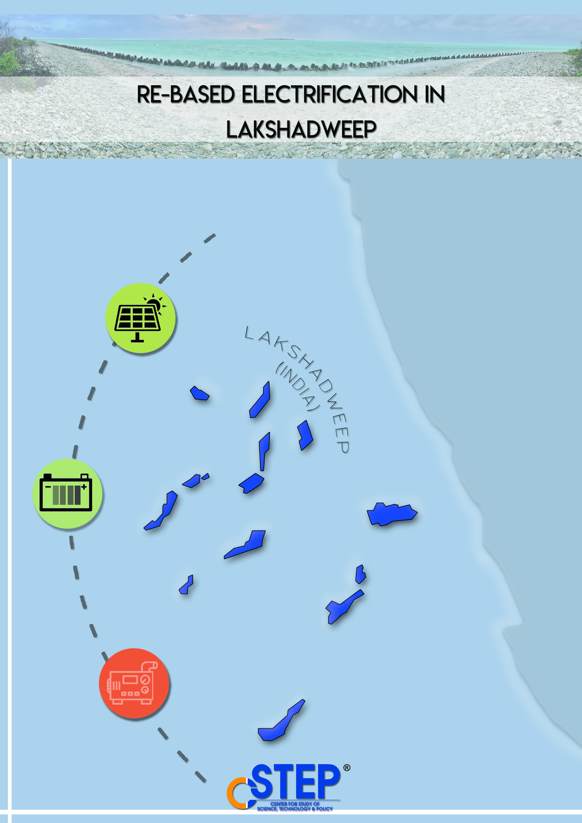
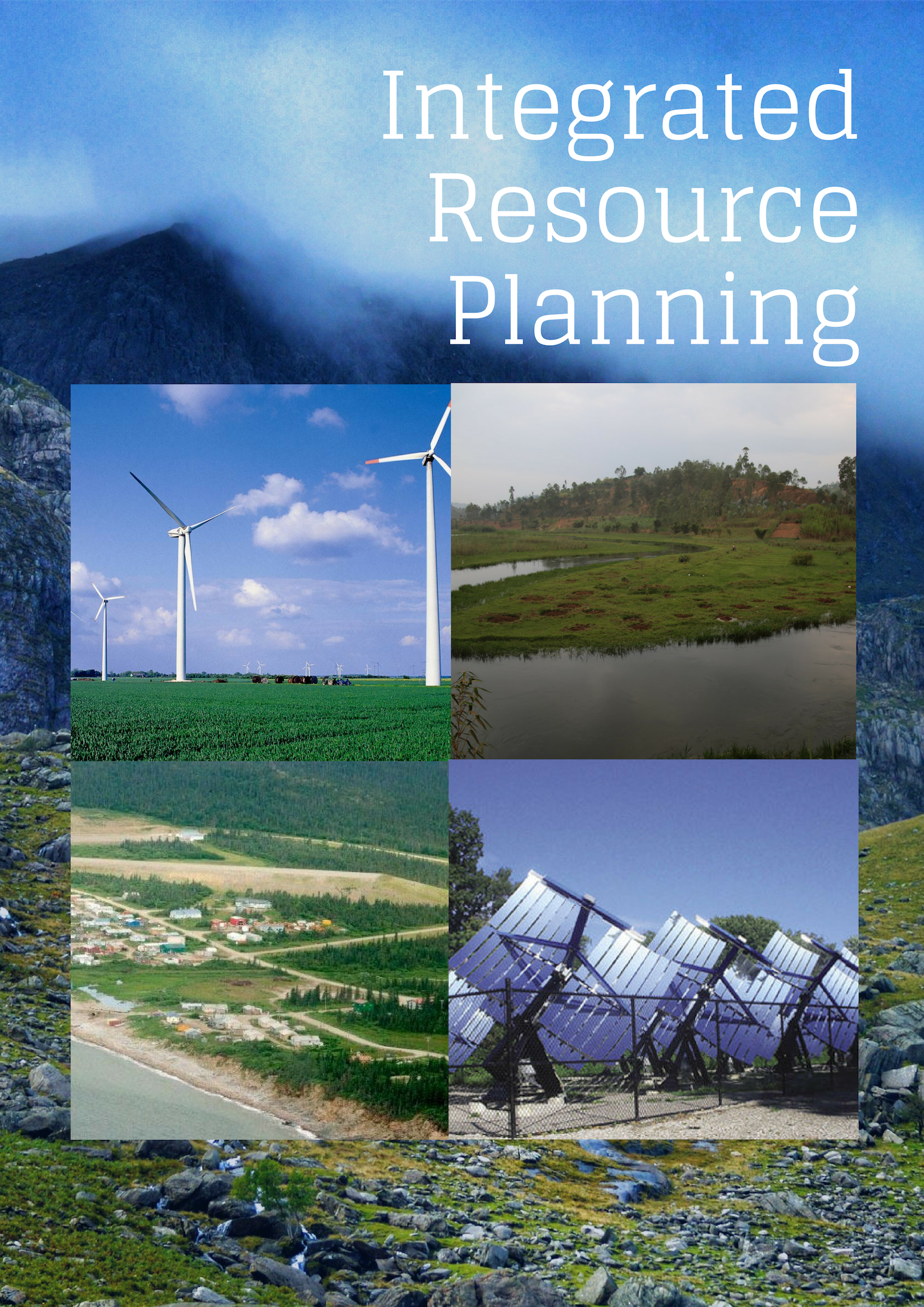
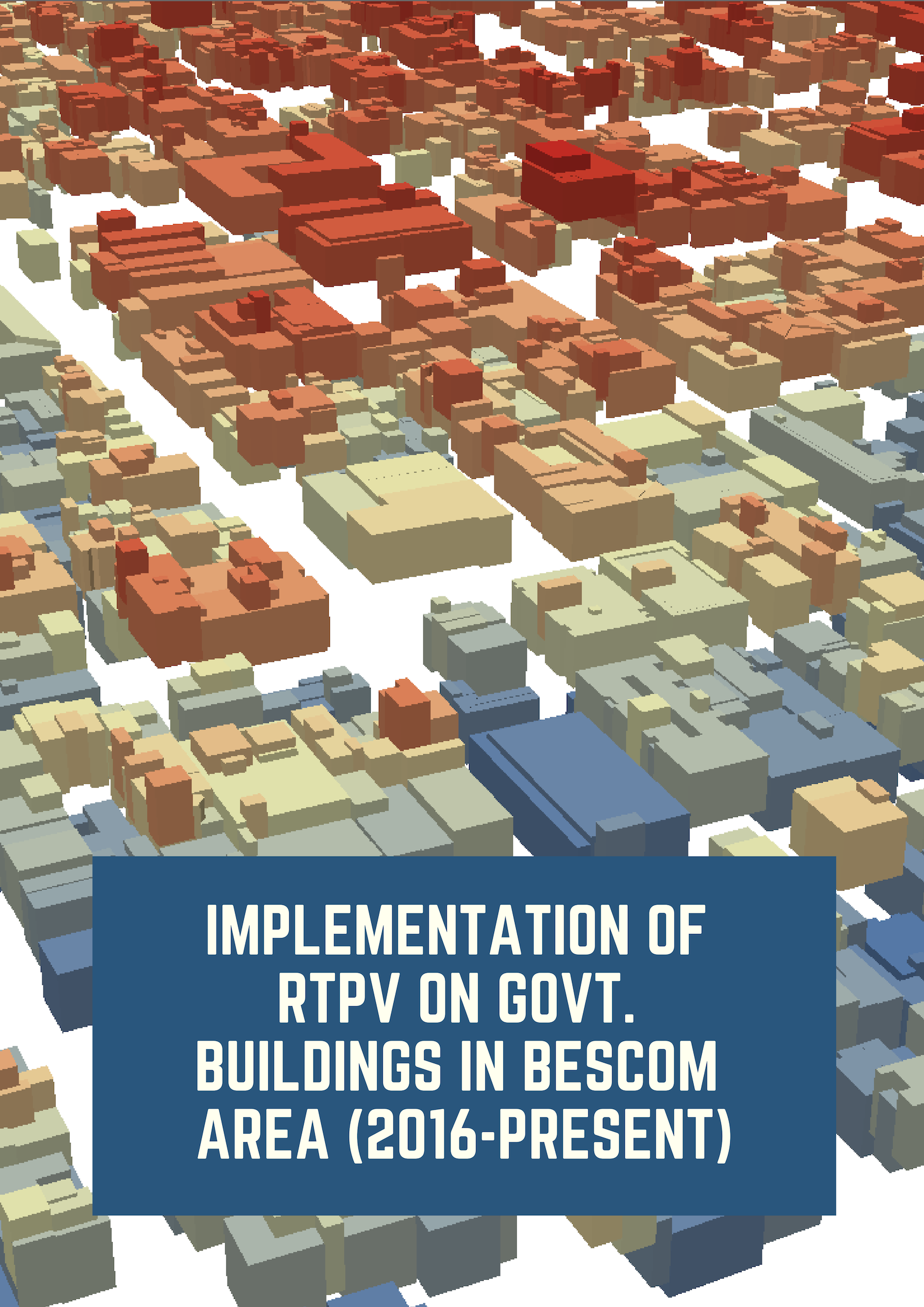
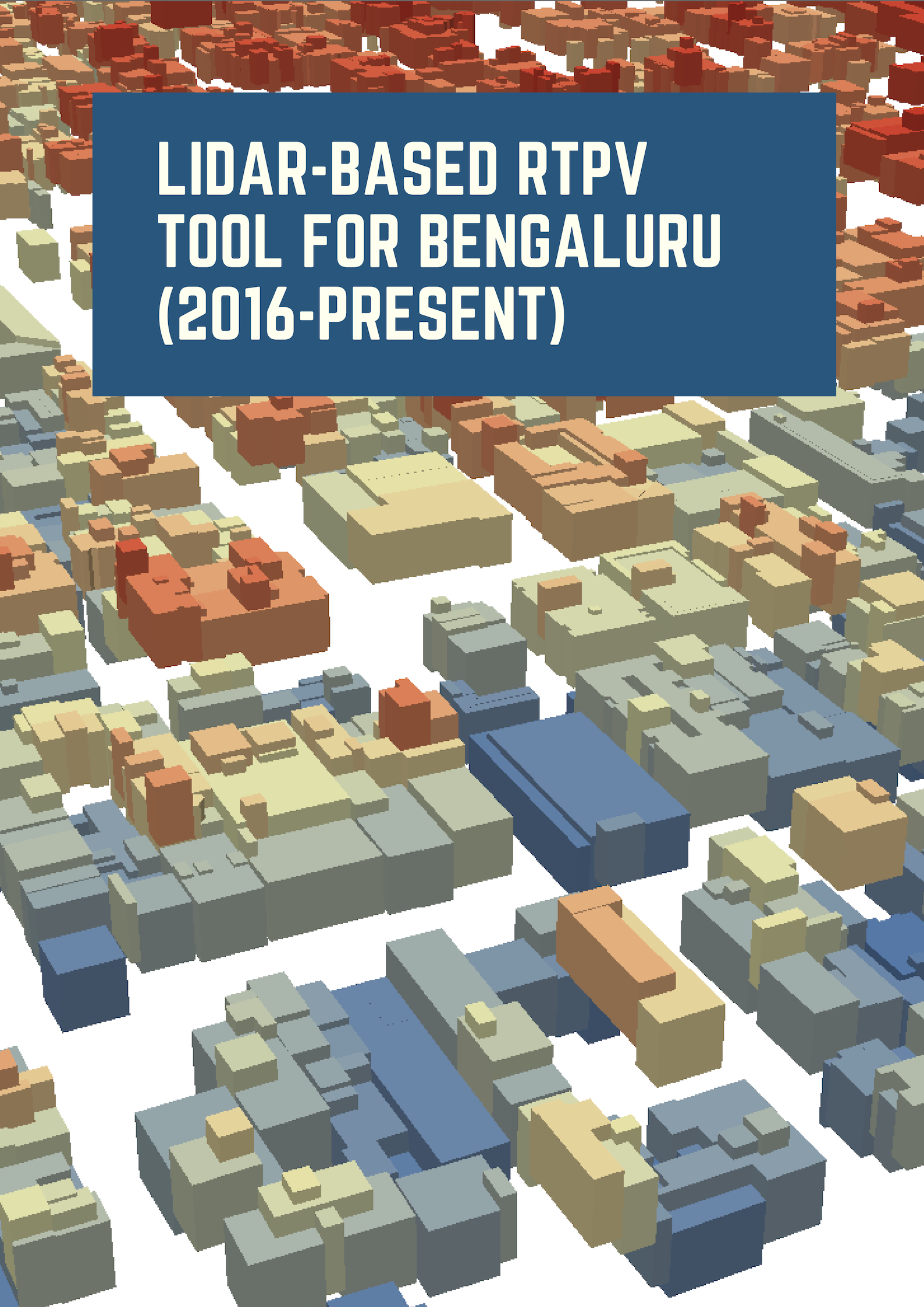

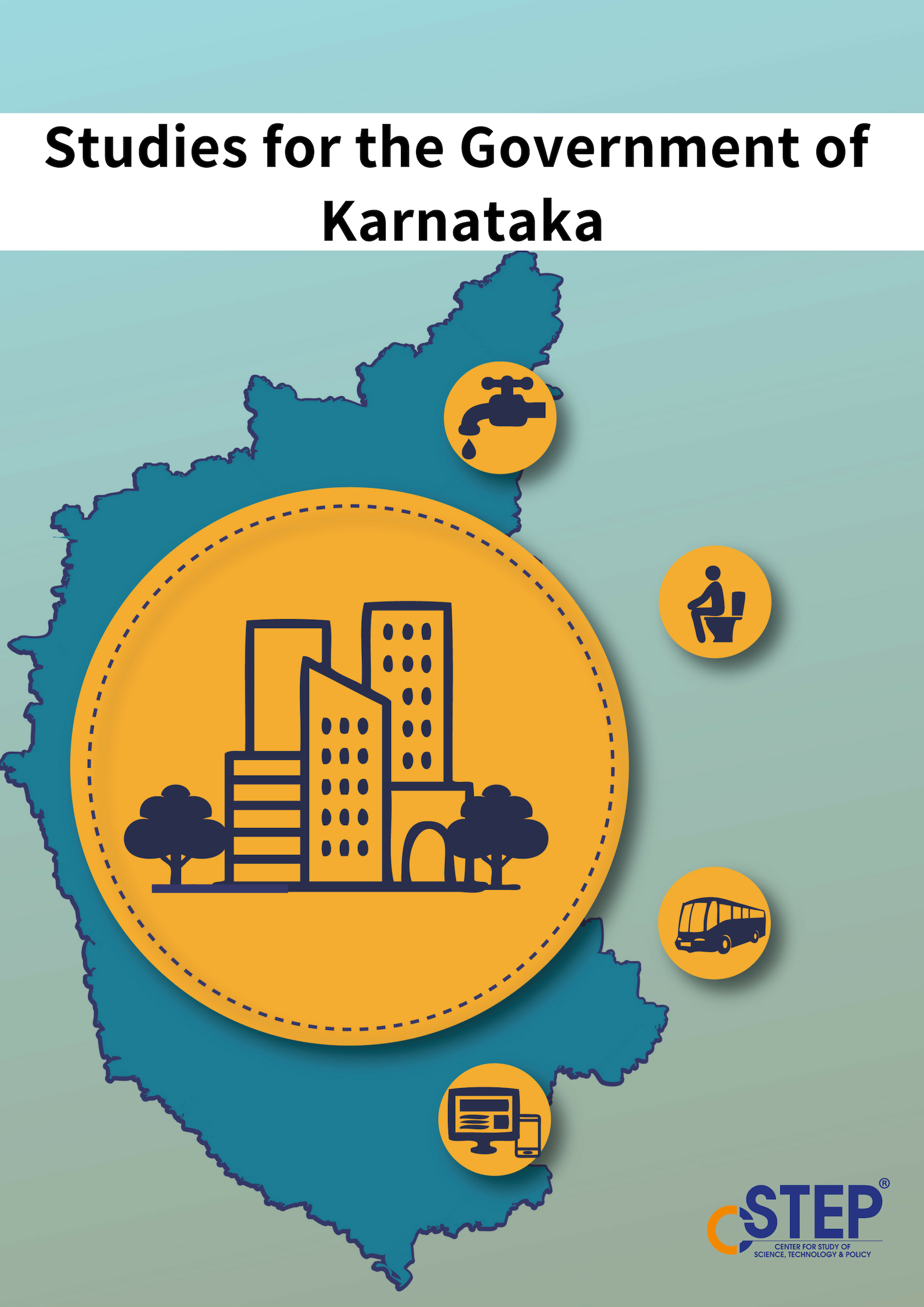

Implementation of RTPV on Govt. Buildings in BESCOM Area
CSTEP worked with BESCOM to identify 150 government colleges, schools, hospitals, and administrative buildings and prepared Detailed Project Reports (DPRs) for installation of 4.2 MWp cumulative RTPV capacity on these building rooftops. This exercise was part of BESCOM’s efforts to publicise RTPV and encourage other consumer categories to adopt the technology.
Integrated Resource Planning (IRP)
CSTEP is working with the Government of Karnataka and other state governments to develop a more holistic approach whilst developing RE plans for the near future. This includes using Geographical Information Systems (GIS) data to choose the best locations and capacities for solar and wind power projects, conducting power flow studies with sophisticated simulation tools/software to understand how large-scale RE will be integrated with the grid infrastructure, and calculating the costs associated with the proposed solutions.
CREST
CSTEP has developed a tool to accurately assess the solar potential of rooftops in cities using light detection and ranging, or LiDAR. Named CSTEP's Rooftop Evaluation for Solar Tool (CREST), this tool identifies precise locations for installing rooftop photovoltaic (RTPV) systems on buildings. It also has the potential to aid the Bangalore Electricity Supply Company (BESCOM) in achieving its target of 1.2 GW solar capacity by the end of 2022.
Estimation of Hourly Direct Normal Irradiance (DNI) for 22 Stations in India (Revised)
Concentrated Solar Power (CSP) plants require Direct Normal Solar Irradiance (DNI) data for both design and operation. The availability of DNI data, especially with closer time intervals, until 2010-12 was scarce. However, the India Meteorological Department (IMD) published a Typical Meteorological Year (TMY) data on Global Horizontal Irradiance (GHI) and Diffuse Horizontal Irradiance (DHI). The study developed a methodology to use these GHI and DHI data and arrive at DNI.
Growth of Nuclear Energy in India : Industrial Challenges and Prospects
The Indian nuclear energy programme is at crossroads with several alternative pathways of industrial development potentially open to it. These possibilities include options for technology selection and development, as well as for organising the efforts of the state-owned entities and private companies. The nuclear energy programme also sets and aspires to target installed capacity through mid-century.
Solar Resource Assessment & Technology Roadmap Report : SEI-1
Solar Resource Assessment & Technology Roadmap Report: SEI-1
Addressing the challenges of RE Manufacturing in India: Horizon 2032
The Government of India, through its Jawaharlal Nehru National Solar Mission (JNNSM), Modified Special Incentive Package Scheme (MSIPS), National Manufacturing Policy (NMP) and Make in India, has announced several measures and incentives favouring renewable manufacturers. The National Wind Mission and the Renewable Energy Law also include a variety of measures that would benefit domestic manufacturers. This report comprehensively examines the manufacturing supply chain of different components used in Renewable Energy (RE) systems, especially wind and solar technology, in India.
Analytical derivation of explicit J-V model of a solar cell from physics based implicit model
This article appeared in a journal published by Elsevier.
Analytical derivation of equivalent functional form of explicit J–V model of an illuminated solar cell from physics based implicit model
Recently a simple explicit model was introduced to represent theJ–Vcharacteristics of an illuminated solar cell with parasitic resistances and bias dependent photocurrent asj=(1−vm)/(1+αv), here the normalized voltage,vand normalized current densityjcan be represented asv=V/V
An empirical model of power curve of a wind turbine
The power curve of a wind turbine grows exponentially as a function of wind-velocity if the measured wind-velocity varies between the cut-in velocity and the rated velocity. In this study, we propose an empirical, two-parameter explicit model of the power curve for a wind turbine. The model generalizes different turbine power curves and provides an easy estimate to compare various turbine characteristics.
